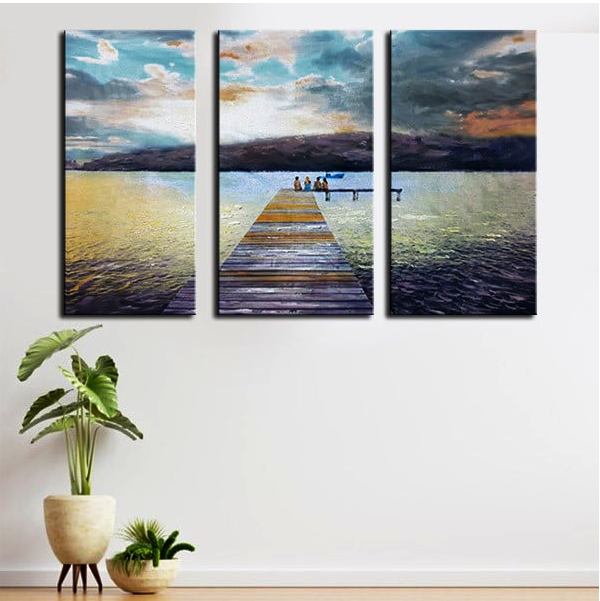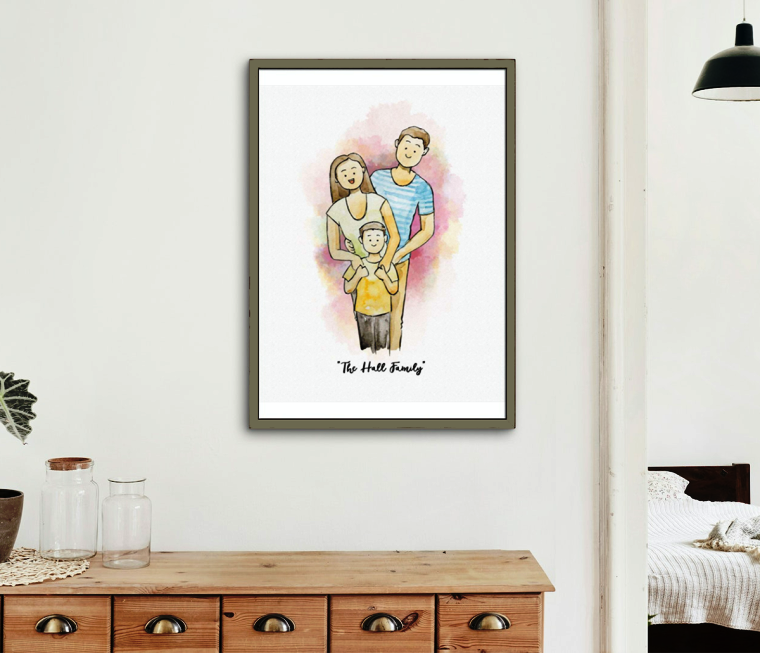The Art of Photorealism: Converting Photos to Paintings
Introduction:
Photorealism is a captivating art style that meticulously captures the essence of a photograph in a hand-painted masterpiece. While traditional painting techniques have long been used to depict reality, the process of converting Photos to Paintings adds a unique dimension, blurring the lines between photography and painting. In this blog post, we will explore the fascinating world of photorealism and the techniques involved in transforming a photograph into a stunning painting.
Unveiling Photorealism:
Photorealism is a genre of art that emerged in the late 1960s and early 1970s, challenging the boundaries of artistic representation. Artists proficient in this style meticulously recreate photographs, often achieving an uncanny resemblance to reality. The intricate details, accurate textures, and use of light and shadow are brought to life with stunning precision, capturing moments frozen in time. Each stroke of the brush is carefully considered to replicate the complexities of the photograph, ensuring striking visual similarity.
Process and Techniques:
The process of converting a photo to a painting requires exceptional technical skill, attention to detail, and an eye for composition. Artists begin by carefully selecting the photograph as their reference point. It is crucial to choose an image with a clear focal point, balanced composition, and a wide range of details. They then sketch the main elements of the photograph onto the canvas, ensuring accurate proportions and placement.
Next comes the meticulous task of layering paint. Artists build up layers using thin applications of color, blending and refining tones as they go. This gradual approach allows them to achieve smooth transitions, luminosity, and depth, closely mimicking photographic qualities. With the careful observation of light and shadow, artists create a sense of three-dimensionality, bringing the artwork to life.
Artistic Interpretation:
While photorealism often aims for objective accuracy, artists also bring their own interpretive touch to the final artwork. They may adjust colors, enhance or minimize certain details, or introduce subtle artistic flourishes. These creative choices enable artists to infuse personality and emotion into the painting, elevating it beyond a mere imitation of a photograph. Through their brushstrokes, artists imbue the work with their vision, inviting viewers to experience the subject matter in a new light.
The Impact of Technology:
Advancements in digital technology have also impacted the process of converting photos to paintings. Various software tools allow artists to manipulate images, experiment with different effects, and simulate traditional painting techniques digitally. This merging of art and technology opens up new avenues for artists to create photorealistic artworks effortlessly. However, many artists still choose traditional methods, appreciating the tactile experience of applying paint to canvas and the organic nature of the medium.
Appreciating the Art:
Converting photos to paintings through photorealism challenges our perception of reality. It immerses us in the interplay between photography and painting, offering a unique aesthetic experience. These artworks compel us to pause and explore the intricate details, marvel at the skill behind each stroke, and appreciate the dedication and patience of the artist. When executed masterfully, photorealistic paintings can evoke powerful emotions and provoke contemplation, reminding us of the beauty that lies in our everyday surroundings.


.jpg)
.jpg)
Comments
Post a Comment